Preserving folk paintings
Artisan Ky Huu Phuoc introduces Sinh Village folk paintings to tourists. Photo: Hai Au/VNA
In late March and early April, Hue city was bustling with the organization of the National Tourism Year - Hue 2025 with the theme "Ancient Capital - New Opportunities". We returned to Sinh village, Duong No ward, where the confluence of the Huong River and Bo River meets at the end of the source, a land that converges many cultural and historical values.
Artisan Ky Huu Phuoc (78 years old, residing in Sinh village, Duong No ward, Hue city) has a medium height, dark skin, and a gentle and deep voice of a Hue native. He talks about the depth of Sinh village folk paintings that his family has preserved for nine generations.
“In the past, it was very difficult to create folk paintings. The elders had to climb the highest mountains of Bach Ma range to find vang trees to make the most beautiful red color; wade down the narrowest and deepest ravines to find dinh trees to make green color. The dinh tree only flowers in April, the artisan had to dig up the whole tree with all its roots, trunk, branches, leaves and flowers to create the most beautiful green color,” said Mr. Phuoc.
Sinh Village paintings are created based on 5 main colors: red from vang tree roots; green from parts of the dinh tree; yellow from dung tree leaves; purple from Malabar spinach; orange from damaged and broken ancient tiles.
Those are still not enough materials to create Lang Sinh paintings, to print the paintings, there must be a mold. To have the best printing mold, Mr. Phuoc's ancestors had to travel many times to the Nam Tra My mountains (Quang Nam) to find wood from the long jam tree (also known as rose apple) to bring back to make molds. The paper used to make Lang Sinh paintings was initially Do paper, but gradually changed, using many different types of paper.
Flipping through ancient documents and genealogical data of the Ky family, artisan Ky Huu Phuoc traced back to his roots and discovered that Sinh Village paintings originated from Dong Ho folk paintings (Bac Ninh). The two craft villages still worship a founder of the craft, Mr. "Quy Cong". More than 400 years ago, Mr. Phuoc's 9th generation ancestor brought the family craft from Dong Ho to settle at the confluence of three rivers, a source of vitality.
Feeling sad about the difficult times, Mr. Phuoc said that after the unification, the country was still facing difficulties, students lacked books to go to school, Lang Sinh paintings were made of paper, colored, used for offerings and then burned, so it was considered a big waste. So the profession was limited and stopped.
"At that time, I had to go to houses in the village to ask for or buy discarded painting tools to hide...", artisan Ky Huu Phuoc recounted.
In 1986, Mr. Phuoc’s family quietly took up tools from the ground and started making paintings to earn a living. He, his wife and five children all made paintings. Mr. Phuoc sold his paintings, knocking on doors from house to house. “When they found out I was selling paintings, people were happy because it had been a long time since there had been a Lang Sinh painting.
Through those difficult times, when Hue was preparing to organize the Traditional Craft Village Festival, people realized that the profession of painting Sinh Village paintings was no longer practiced by anyone except Mr. Phuoc’s family. Sinh Village paintings were proposed to be restored, creating a traditional craft village, which is now an experience destination in the tourist routes of the ancient capital region.
The power circuit is still running.
Artisan Ky Huu Phuoc introduces Sinh Village folk paintings. Photo: Hai Au/VNA
Sinh crossroads, a river area with many historical marks on the Nguyen Lord's journey to open up the land, this folk painting genre has blended with the customs and beliefs of the indigenous people, creating a cultural and religious identity. From the original purpose of worship and funerals, over time, the content of Sinh Village paintings has been expanded, creating a folk painting genre with many unique identities.
Artisan Ky Huu Phuoc recounted: At the first Hue Traditional Craft Village Festival in 2002, he went to make paintings in the Imperial City and saw the eight-tone melody of the royal court music. After that, he returned home and made a set of eight-tone paintings. When he went to see the wrestling festival in Sinh village, Thu Le village, he also carved a set of four wrestling positions in Sinh village... Over time, the content of Sinh village paintings became more and more diverse, about children, the 12 zodiac animals, about Tet cot (holidays, shift days, ancestors of the profession of raising buffaloes, pigs, chickens...), Mr. Cot - Mrs. Cot, firecracker paintings, Tet in the countryside, family, glory and wealth...
Mr. Duong Van Kinh, Department of Culture - Science and Information of Phu Xuan District (Hue City), member of the Organizing Committee of Hue Traditional Craft Village Festival, said that the initial stage of restoring the craft village was really difficult. But fortunately, the village has a core like Mr. Phuoc. Up to now, the craft of making Sinh Village paintings has been trained for hundreds of workers. At the end of each year, Sinh Village is bustling again, many households make folk paintings, selling them to all markets. On normal days, Mr. Phuoc's house is still an experience destination for tourists from all over the world and students and children in the country. In 2014, Mr. Phuoc was awarded the Certificate of Honor for Vietnamese Talents by the Central Association for Human Resource Development - Vietnam Talent; Sinh Village folk paintings have been certified as 3-star OCOP products, along with many other titles and certificates.
Painter Dang Mau Tuu, former member of the Executive Committee of the Vietnam Fine Arts Association, former Chairman of the Union of Literature and Arts Associations of Thua Thien - Hue said: “Sinh Village paintings originate from Dong Ho paintings but are more rustic, simple and popular. The uniqueness, naivety and folk qualities in Sinh Village paintings are not easy to create; without courage, it is impossible to create that folk quality. Through many ups and downs, Mr. Phuoc wanted to quit his job many times, but his fellow painters encouraged his family to keep the job and pass it on to the community.
The people of Sinh village now call artisan Ky Huu Phuoc "Phuoc Cong" because they consider him the founder of the profession, the one who has the greatest contribution to the development of Sinh Village folk paintings, a source that still flows silently, blending into the cultural river of the capital city of Hue.
According to VNA
Source: https://baoangiang.com.vn/khoi-mach-nguon-tranh-dan-gian-lang-sinh-a418118.html


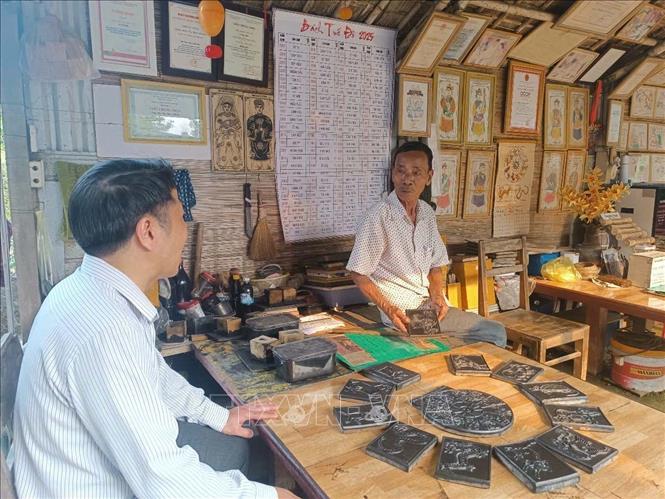
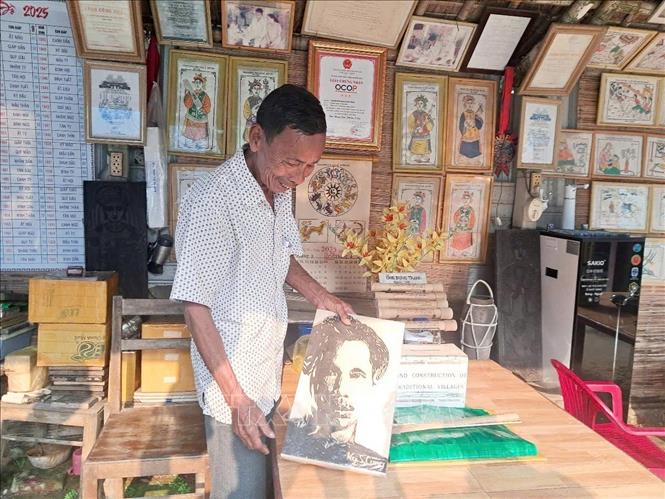
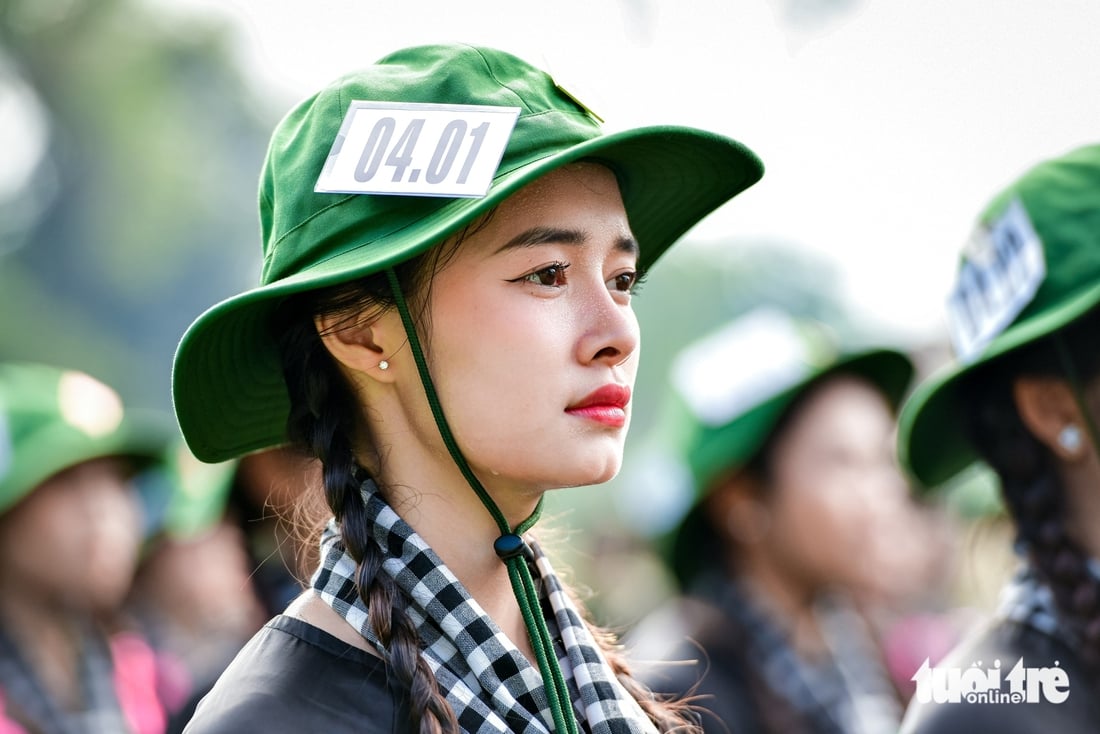
![[Photo] General Secretary To Lam receives Japanese Ambassador to Vietnam Ito Naoki](https://vstatic.vietnam.vn/vietnam/resource/IMAGE/2025/4/3/3a5d233bc09d4928ac9bfed97674be98)


![[Photo] Moment of love: Myanmar people are moved to thank Vietnamese soldiers](https://vstatic.vietnam.vn/vietnam/resource/IMAGE/2025/4/3/9b2e07196eb14aa5aacb1bc9e067ae6f)
![[Photo] Special relics at the Vietnam Military History Museum associated with the heroic April 30th](https://vstatic.vietnam.vn/vietnam/resource/IMAGE/2025/4/3/a49d65b17b804e398de42bc2caba8368)
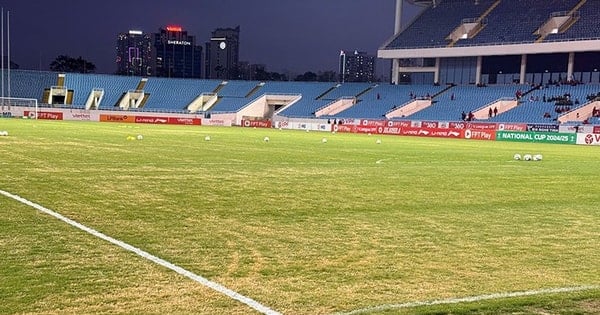

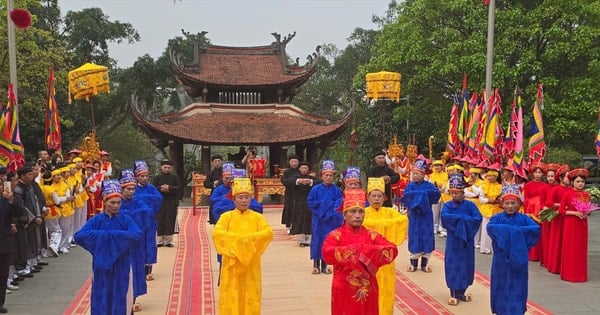
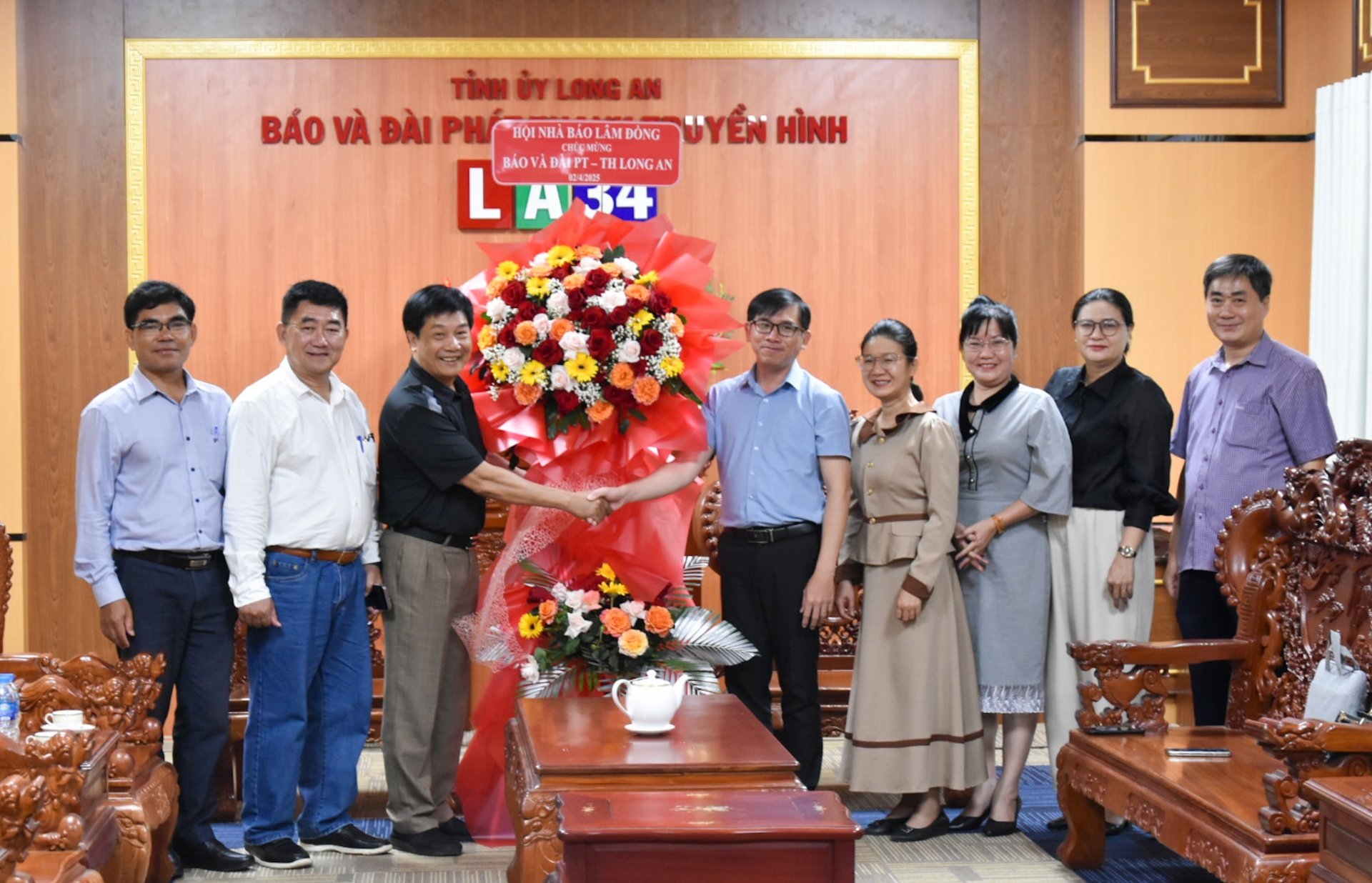







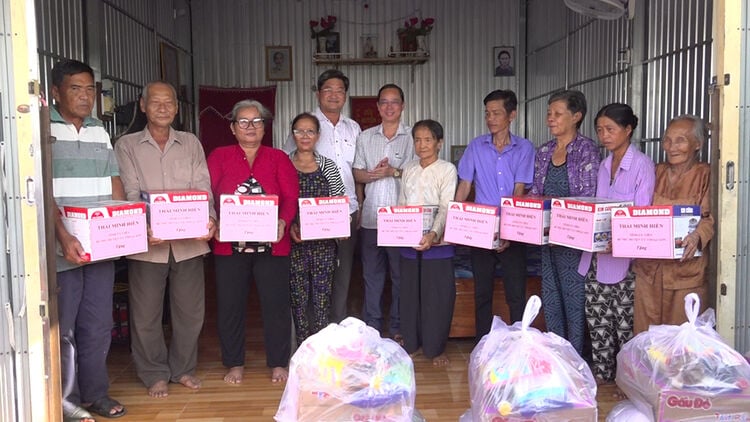


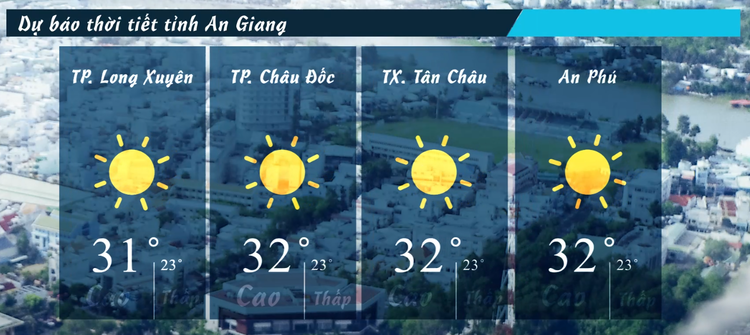







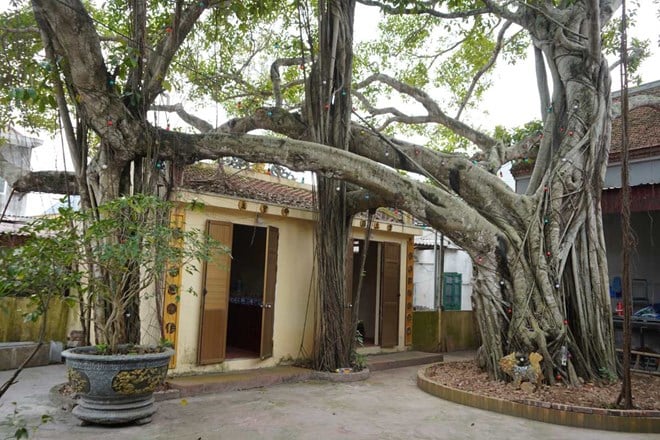

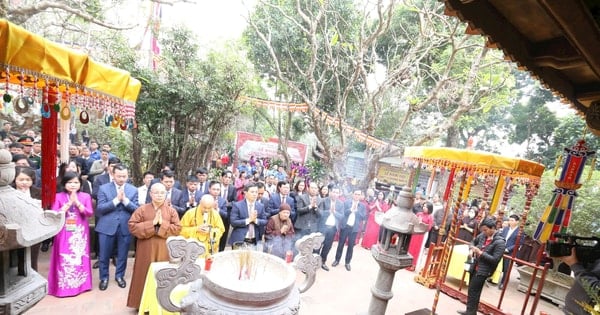



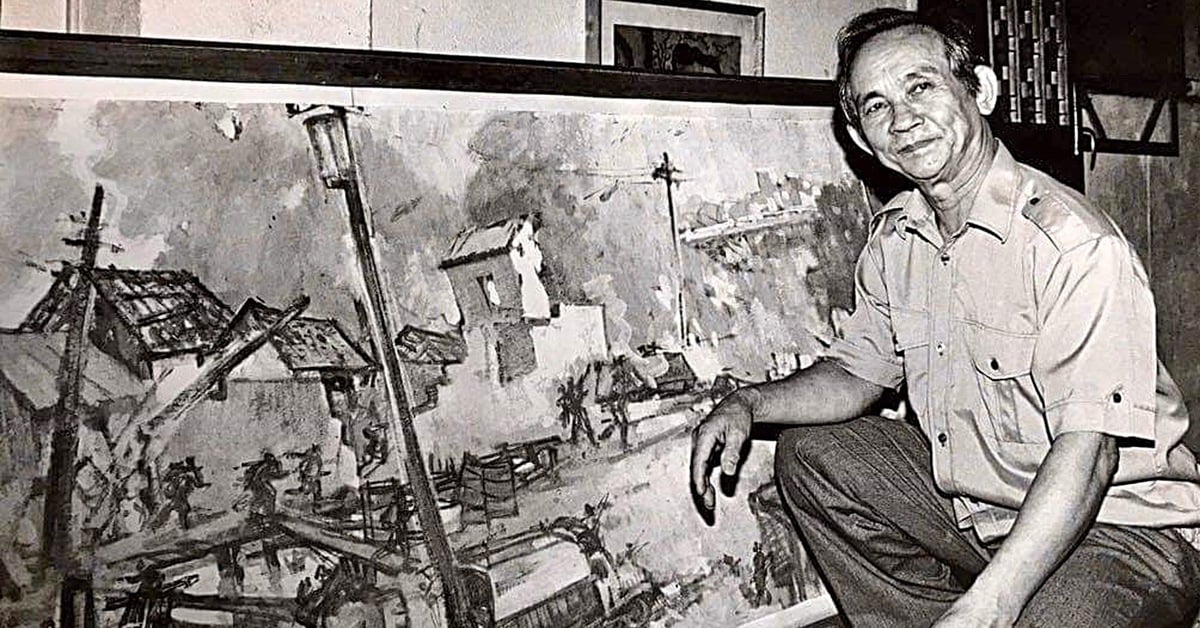





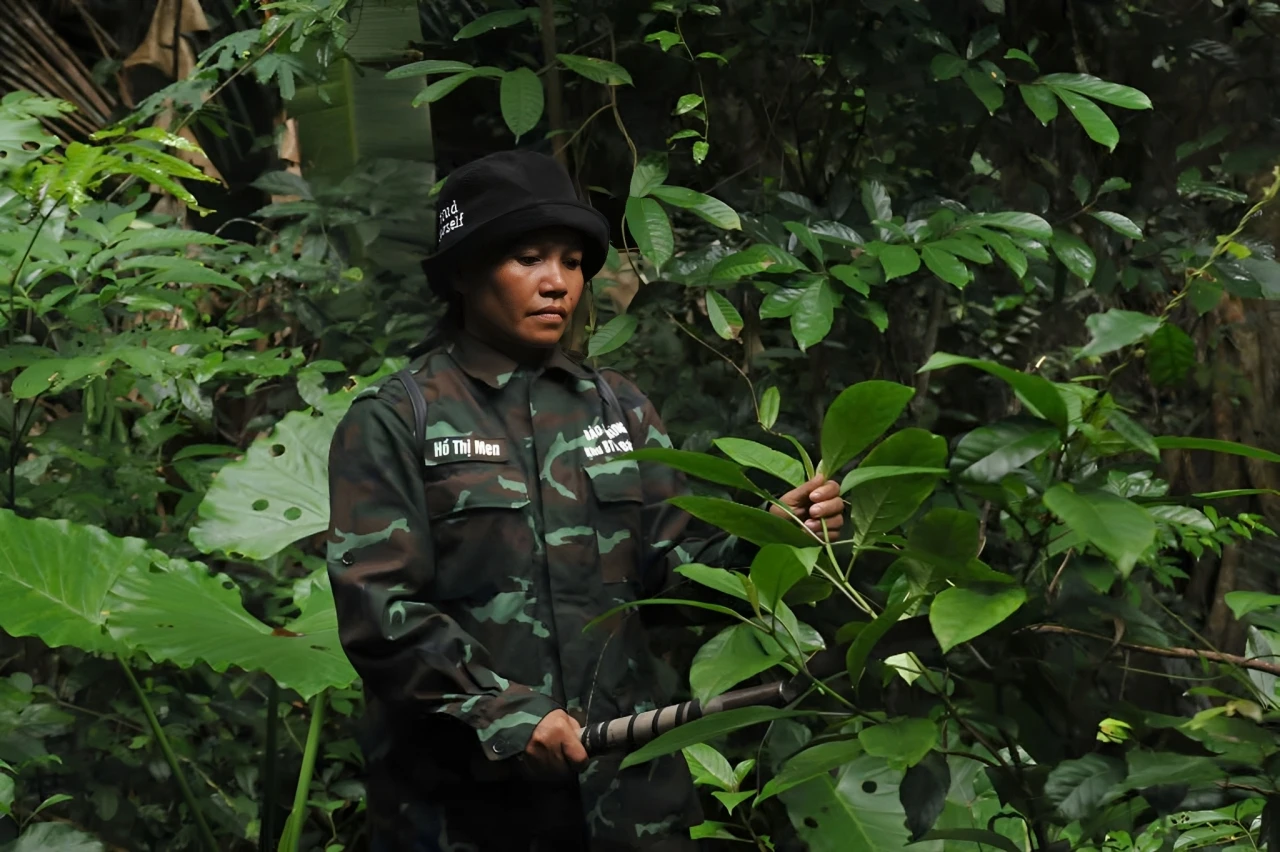

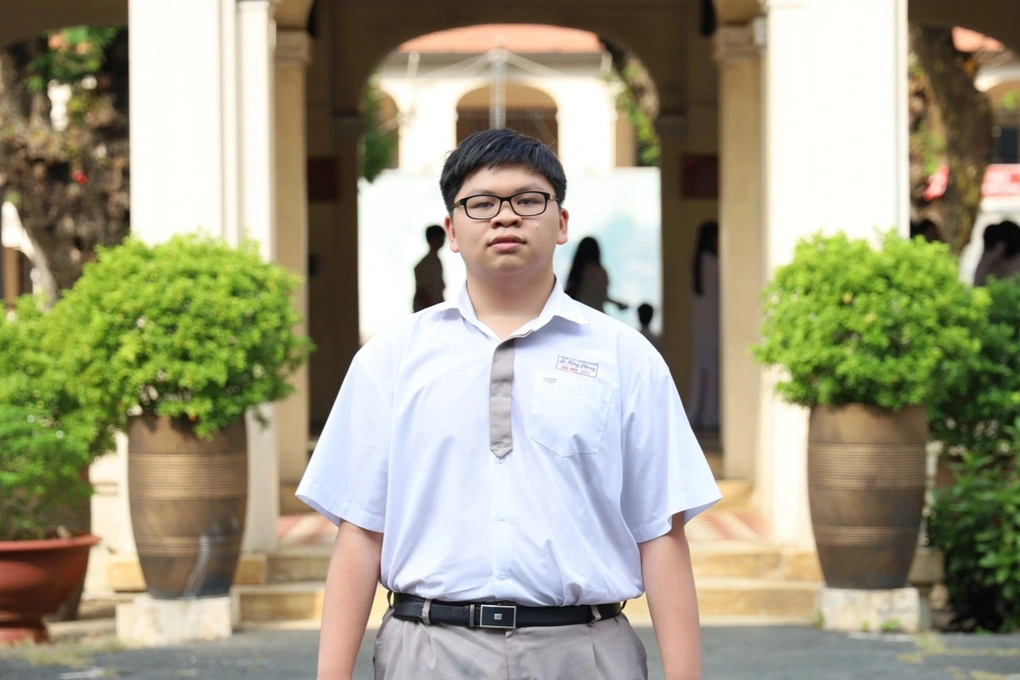









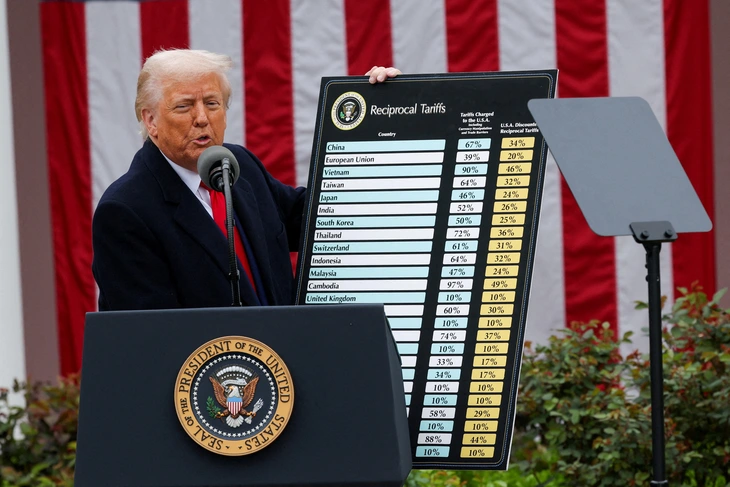
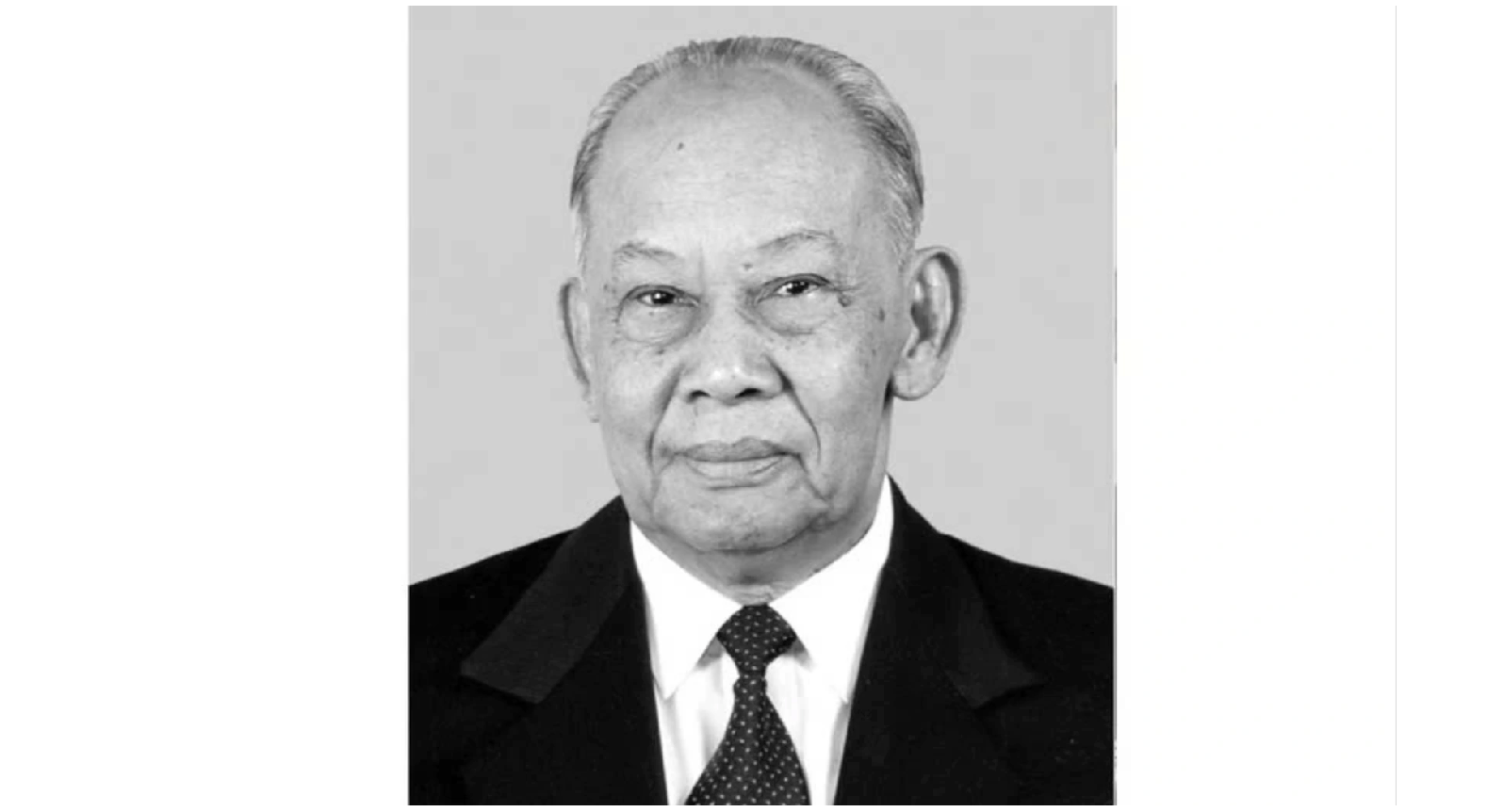

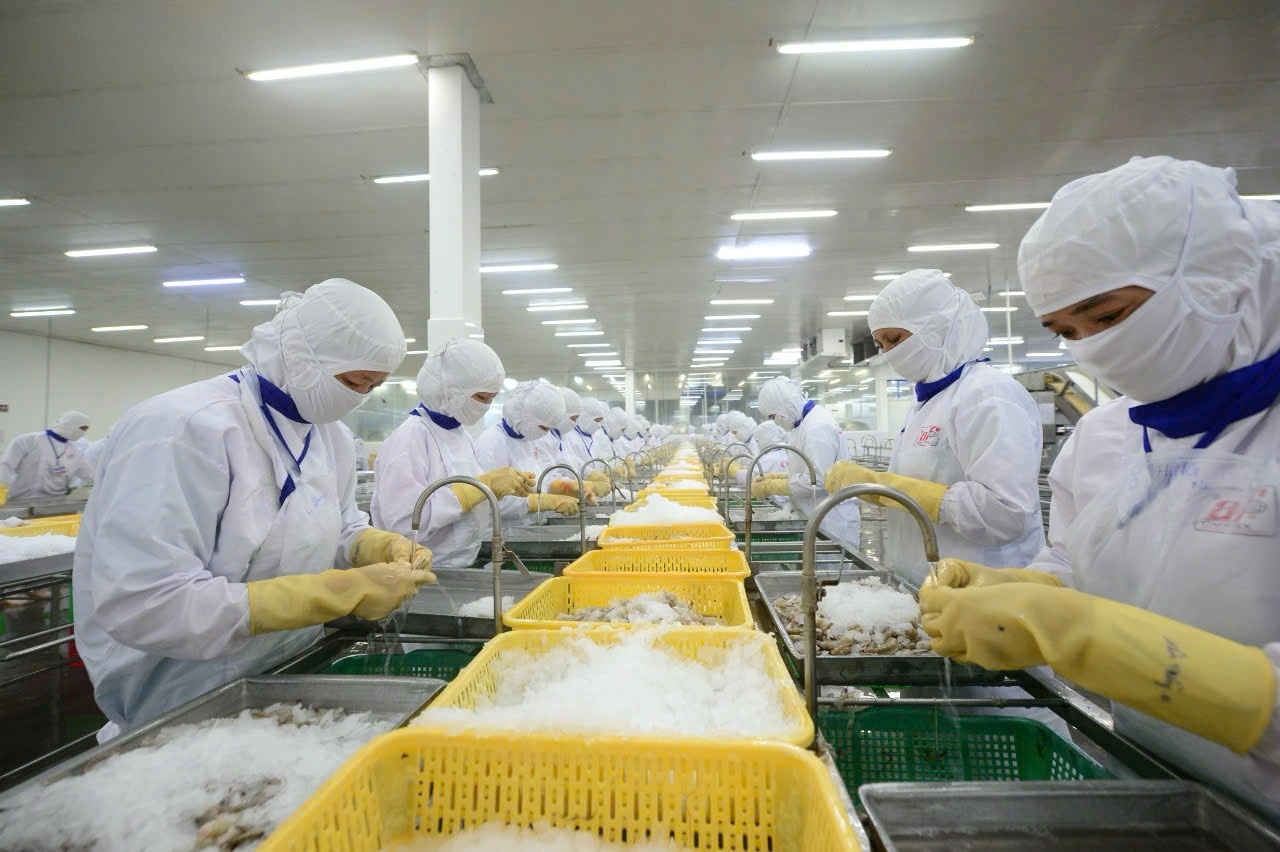









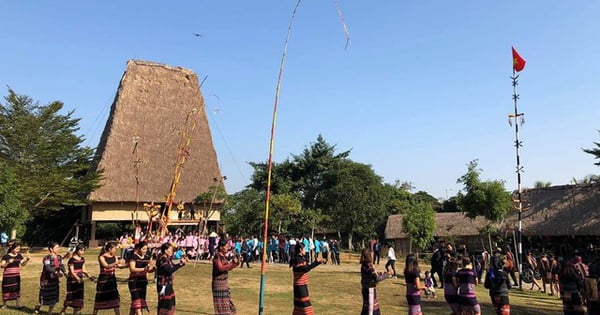

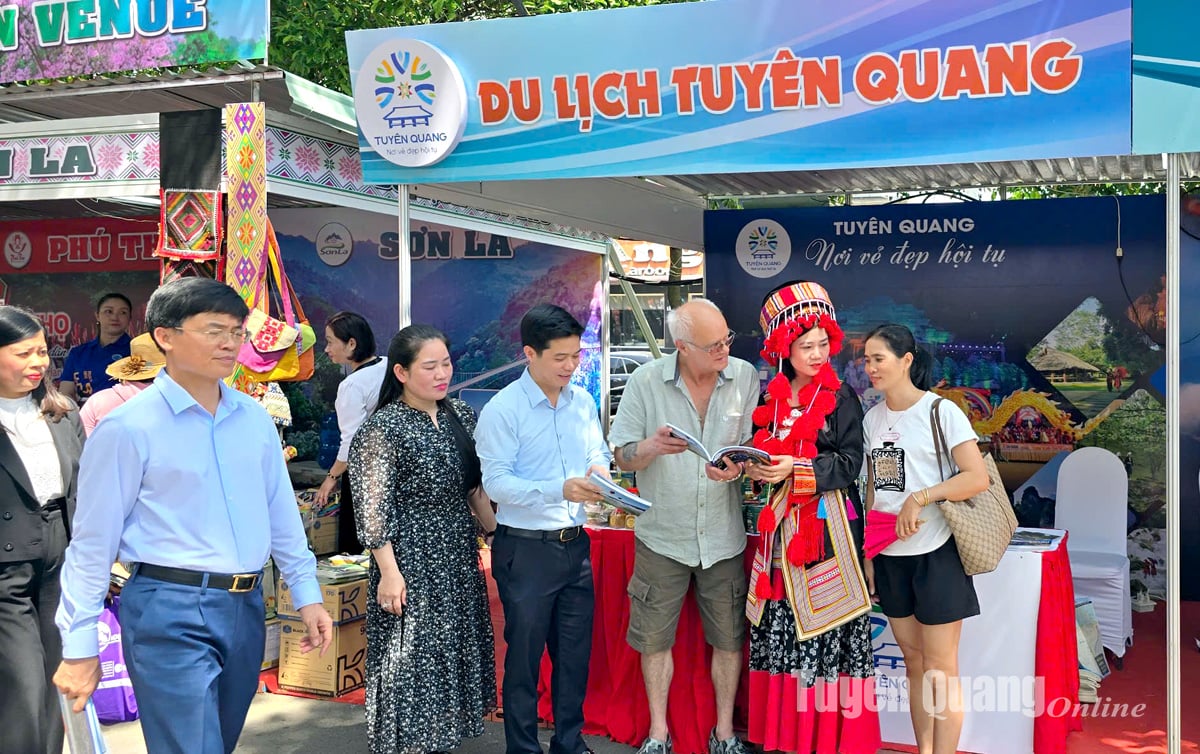

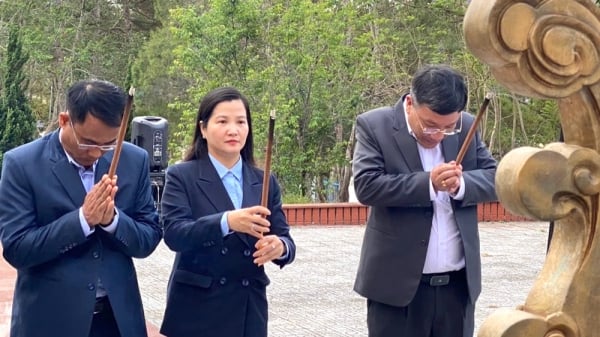
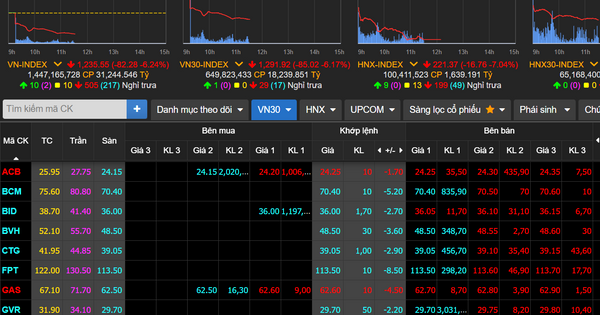
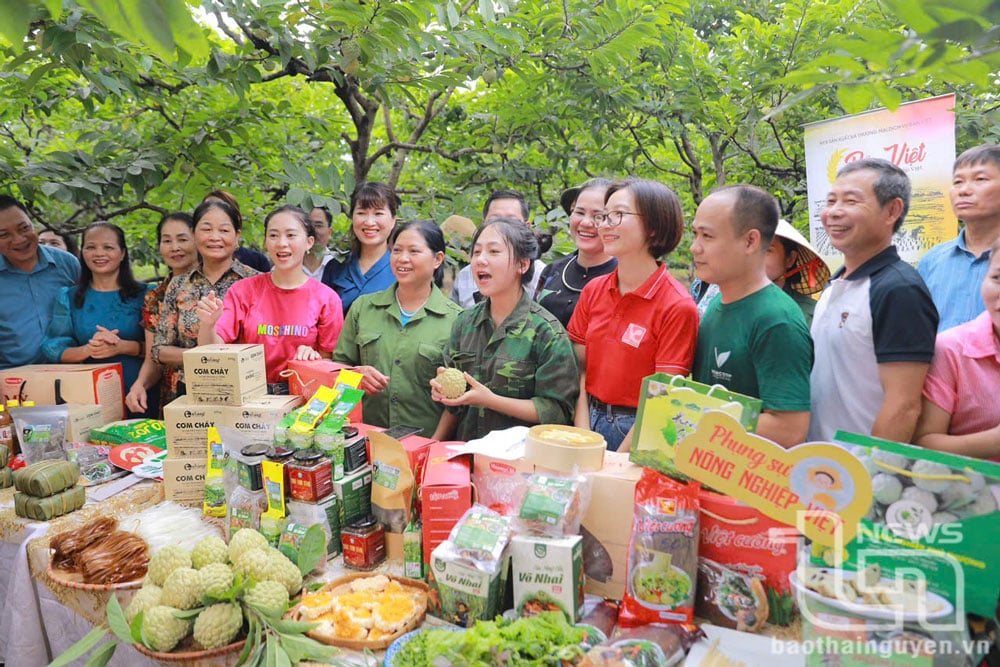












Comment (0)